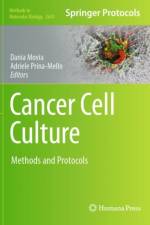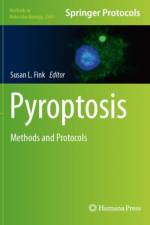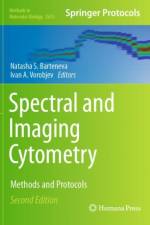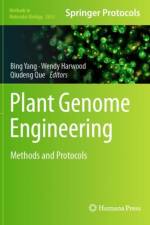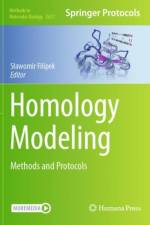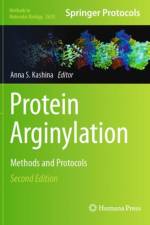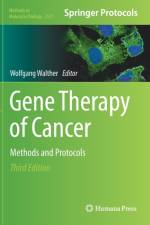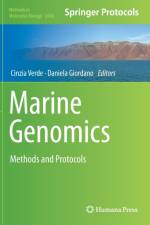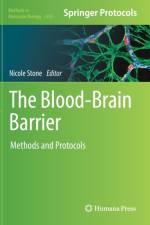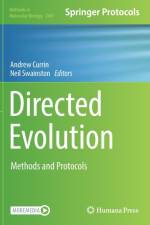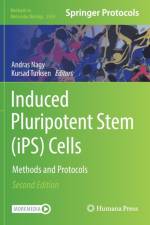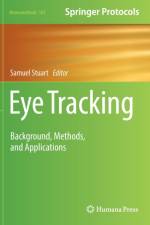2 499
Part I: Strategies to Induce ROS Production 1. Modification of Chloroplast Antioxidant Capacity by Plastid Transformation Shengchun Li, Pan Shen, Bipeng Wang, Xiujie Mu, Mimi Tian, Tao Chen, and Yi Han 2. Analysis of Ascorbate Metabolism in Arabidopsis under High-Light-Stress Takanori Maruta and Takahiro Ishikawa 3. Genetic Manipulation of Reactive Oxygen Species (ROS) Homeostasis Utilizing CRISPR/Cas9-Based Gene Editing in Rice Sheng Xu, Tao Chen, Mimi Tian, Marie-Sylviane Rahantaniaina, Linlin Zhang, Ren Wang, Wei Xuan, and Yi Han 4. Studying Plant Stress Reactions In Vivo by PAM Chlorophyll Fluorescence Imaging Alexey Shapiguzov and Jaakko Kangasjärvi Part II: Methods to Visualize ROS and to Detect Changes in Redox Homeostasis 5. Live Monitoring of ROS-Induced Cytosolic Redox Changes with roGFP2-Based Sensors in Plants José Manuel Ugalde, Lara Fecker, Markus Schwarzländer, Stefanie J. Müller-Schüssele, and Andreas J. Meyer 6. Quantitative Measurement of Ascorbate and Glutathione by Spectrophotometry Graham Noctor and Amna Mhamdi 7. Measurement of NAD(P)H and NADPH-Generating Enzymes Amna Mhamdi, Frank Van Breusegem, and Graham Noctor 8. Quantitative Analysis for ROS-Producing Activity and Regulation of Plant NADPH Oxidases in HEK293T Cells Sachie Kimura, Hidetaka Kaya, Kenji Hashimoto, Michael Wrzaczek, and Kazuyuki Kuchitsu Part III: Small-Scale Targeted Analysis of ROS Accumulation during Stress and Effects on Plant Physiology 9. Estimation of the Level of Abasic Sites in Plant mRNA Using Aldehyde Reactive Probe Jagna Chmielowska-Bąk, Karolina Izbiańska-Jankowska, and Joanna Deckert 10. A Simplified Method to Assay Protein Carbonylation by Spectrophotometry Corentin Moreau and Emmanuelle Issakidis-Bourguet 11. In Vitro Biochemical Analysis of Recombinant Plant Proteins under Oxidation Zeya Chen and Jingjing Huang 12. Methods to Analyze the Redox Reactivity of Plant Proteins Thualfeqar Al-Mohanna, George V. Popescu, and Sorina C. Popescu 13. Determination of ROS-Induced Lipid Peroxidation by HPLC-Based Quantification of Hydroxy Polyunsaturated Fatty Acids Brigitte Ksas and Michel Havaux 14. Detection of Lipid Peroxidation-Derived Free Azelaic Acid, a Biotic Stress Marker and Other Dicarboxylic Acids in Tobacco by Reversed Phase HPLC-MS under Non-Derivatized Conditions Attila L. Ádám, György Kátay, András Künstler, and Lóránt Király





